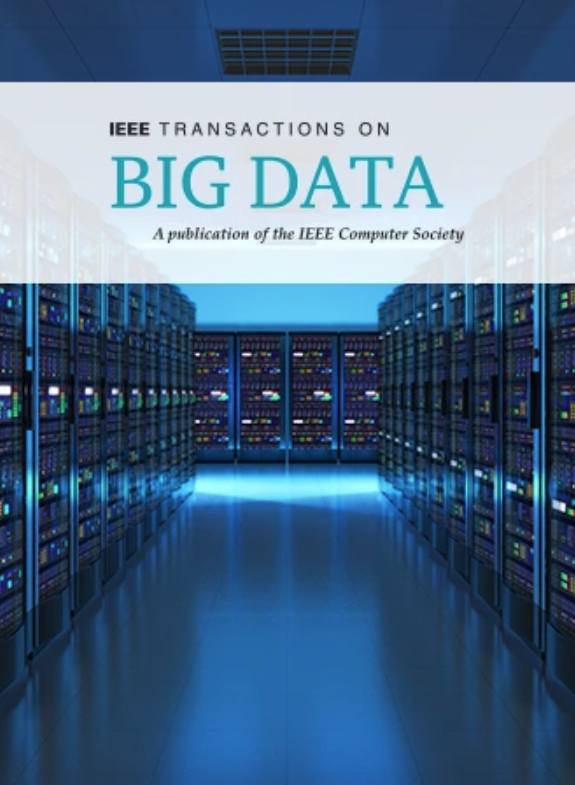Robust Joint Graph Learning for Multi-View Clustering
IF 7.5
3区 计算机科学
Q1 COMPUTER SCIENCE, INFORMATION SYSTEMS
引用次数: 0
Abstract
In real-world applications, multi-view datasets often comprise diverse data sources or views, inevitably accompanied by noise. However, most existing graph-based multi-view clustering methods utilize fixed graph similarity matrices to handle noisy multi-view data, necessitating additional clustering steps for obtaining the final clustering. This paper proposes a Robust Joint Graph learning for Multi-view Clustering (RJGMC) based on多视图聚类的鲁棒联合图学习
在实际应用中,多视图数据集通常包含不同的数据源或视图,不可避免地伴随着噪声。然而,大多数现有的基于图的多视图聚类方法使用固定的图相似矩阵来处理有噪声的多视图数据,需要额外的聚类步骤才能获得最终的聚类。针对这些问题,本文提出了一种基于$ \ well _{1}$-范数的鲁棒多视图聚类联合图学习(RJGMC)。RJGMC集成了图相似矩阵和统一图矩阵的学习过程,提高了图矩阵之间的相互强化。同时,采用$ \ well _{1}$-范数生成统一的图矩阵,增强了算法的鲁棒性。在统一图矩阵的图拉普拉斯矩阵上施加秩约束,无需额外处理即可直接进行聚类划分。此外,我们还介绍了一种自动为每个视图分配最优权重的方法。该目标函数的优化采用交替优化方法。在合成和真实数据集上的实验结果表明,所提出的方法在聚类性能和鲁棒性方面优于其他最先进的技术。
本文章由计算机程序翻译,如有差异,请以英文原文为准。
求助全文
约1分钟内获得全文
求助全文
来源期刊

IEEE Transactions on Big Data
Multiple-
CiteScore
11.80
自引率
2.80%
发文量
114
期刊介绍:
The IEEE Transactions on Big Data publishes peer-reviewed articles focusing on big data. These articles present innovative research ideas and application results across disciplines, including novel theories, algorithms, and applications. Research areas cover a wide range, such as big data analytics, visualization, curation, management, semantics, infrastructure, standards, performance analysis, intelligence extraction, scientific discovery, security, privacy, and legal issues specific to big data. The journal also prioritizes applications of big data in fields generating massive datasets.
 求助内容:
求助内容: 应助结果提醒方式:
应助结果提醒方式:


